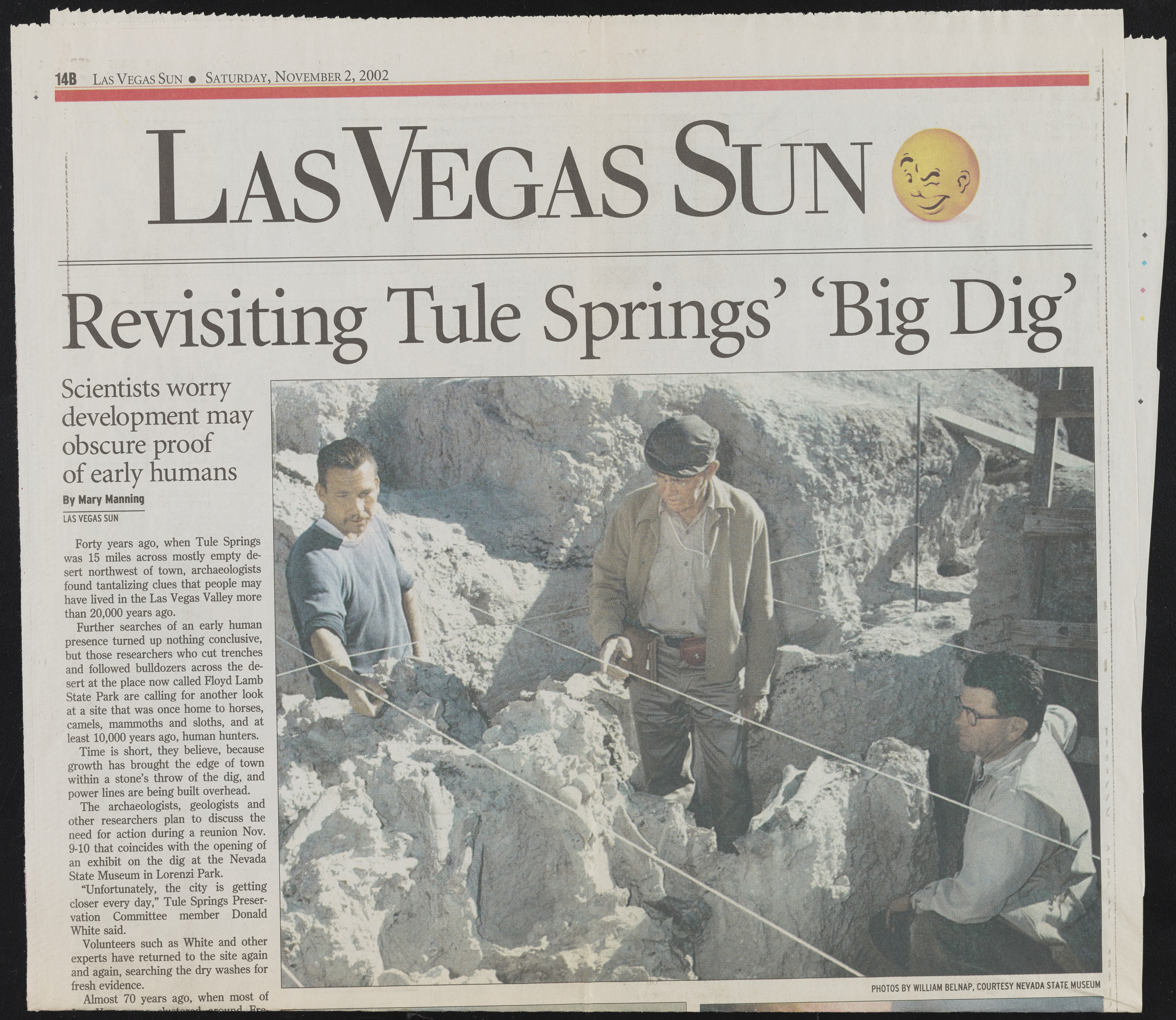Copyright & Fair-use Agreement
UNLV Special Collections provides copies of materials to facilitate private study, scholarship, or research. Material not in the public domain may be used according to fair use of copyrighted materials as defined by copyright law. Please cite us.
Please note that UNLV may not own the copyright to these materials and cannot provide permission to publish or distribute materials when UNLV is not the copyright holder. The user is solely responsible for determining the copyright status of materials and obtaining permission to use material from the copyright holder and for determining whether any permissions relating to any other rights are necessary for the intended use, and for obtaining all required permissions beyond that allowed by fair use.
Read more about our reproduction and use policy.
I agree.Information
Digital ID
Permalink
Details
More Info
Rights
Digital Provenance
Publisher
Transcription
SSj^jafc' * lin -M f ? i^m 11 «£# 'fW^'v*| iff, V V; i ?j‘V,4-Mv' $•? #HI i#-0V’ >>?*; I & 4' t*#wb i 14B Las V egas Sun • Saturday, N ovember 2,2002 L as Vegas Su n kevisiting Tule Springs’ ‘Big Dig Scientists worry developm ent m ay obscure proof o f early hum ans By Mary Manning LAS VEGAS SUN Forty years ago, when Tule Springs was 15 miles across mostly empty desert northwest of town, archaeologists found tantalizing clues that people may have lived in the Las Vegas Valley more than 20,000 years ago. Further searches of an early human presence turned up nothing conclusive, but those researchers who cut trenches and followed bulldozers across the desert at the place now called Floyd Lamb State Park are calling for another look at a site that was once home to horses, camels, mammoths and sloths, and at least 10,000 years ago, human hunters. Time is short, they believe, because growth has brought the edge of town within a stone’s throw of the dig, and power lines are being built overhead. The archaeologists, geologists and other researchers plan to discuss the need for action during a reunion Nov. 9-10 that coincides with the opening of an exhibit on the dig at the Nevada State Museum in Lorenzi Park. "Unfortunately, the city is getting closer every day,” Tule Springs Preservation Committee member Donald White said. Volunteers such as White and other experts have returned to the site again and again, searching the dry washes for fresh evidence. Almost 70 years ago, when most of PHOTOS BY WILLIAM BELNAP, COURTESY NEVADA STATE MUSEUM

